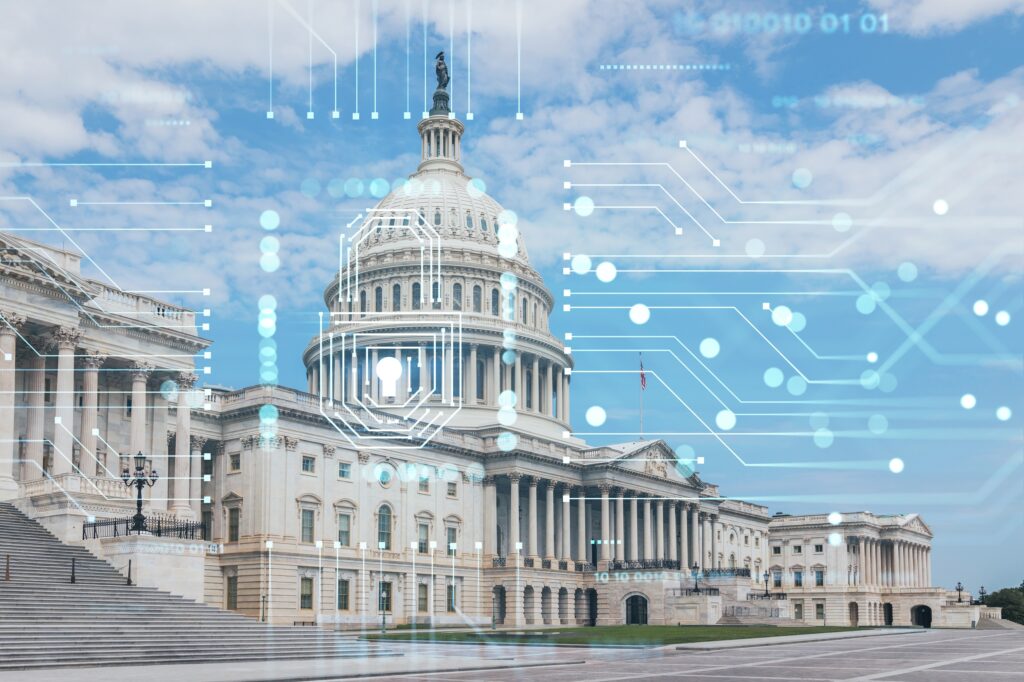Assembly speaker shelves single-payer health bill
Assembly Speaker Anthony Rendon, D-Paramount, an avowed supporter of single-payer health care, nevertheless announced last week that he was pulling the plug on a Senate-passed measure that would create such a system in California.
Rendon, who is holding the bill in committee, was only the proximate cause of AB562’s death. Its fate was sealed after a Senate floor analysis last month pinned its likely cost at $400 billion – more than three times the state’s entire general-fund budget.
“It didn’t make any sense,” Rendon recently told the Sacramento Bee. “It just didn’t seem like public policy as much as it seemed a statement of principles. I hope the Senate takes this chance to take the bill more seriously than they did before.”
According to its bill language, the Healthy California Act would “provide comprehensive universal single-payer health care coverage and a health care cost control system for the benefit of all residents of the state.” The measure would have tossed out California’s myriad systems of private, insurance-backed and government-funded health care and replaced it with a single, government-managed system run by a newly created state agency.
Such a massive change would demand volumes of detailed legislative language, yet the bill itself was remarkably brief and lacking in specifics. It even failed to include any explanation for how it would receive the necessary waivers from the federal government.
The Appropriations Committee analysis concluded the bill would lead to “increased utilization of health care services,” given that all residents would be free to “see any willing provider, to receive any service deemed medically appropriate by a licensed provider, and the lack of cost sharing, in combination, would make it difficult for the program to make use of utilization management tools such as drug formularies, prior authorization requirements, or other utilization management tools.” So all financial bets were off, given an expected – and probably massive – hike in demand.
To fund the $400 billion program, the Appropriations Committee concluded the state would have to raise about $200 billion in new tax revenues. That would mean a new 15 percent payroll tax, with no cap on the wages subject to the tax. Shifting any of those costs from taxpayers to enrollees would be impossible under provisions that prohibit “members from Healthy California from being required to pay any premium” or “from being required to pay any co-payment, co-insurance, deductible and any other form of cost-sharing for all covered benefits.”
State officials often argue about programs that spend millions of dollars, but had a surprisingly short debate about one that would cost hundreds of billions of dollars. One reason that might be is that Gov. Jerry Brown already had expressed deep skepticism about the measure. “This is called ‘the unknown by means of the more unknown,’” he told reporters in March. It was unlikely he would have signed it, especially given his concern about creating new spending programs. Critics argue that the governor’s public views gave Democrats a free pass to vote for it and assuage their political base while knowing it was unlikely to become law. Rendon’s comments to the Bee certainly give ammunition to those who saw the bill as a half-baked “statement” bill.
Support and opposition fell along predictable and partisan lines. Liberal interest groups, unions and Democratic politicians typically supported the bill, while conservative groups, taxpayer organizations and Republicans opposed it. Some groups expressed views similar to Rendon’s – supporting the single-payer concept but expressing concern about specifics.
The latter, cautious point of view won the day. After all, the bill raised more questions than it answered. It’s unclear how the new system would work or how the new government agency would operate. There are questions about the effects a 15 percent payroll tax would on the economy and jobs creation and about the magnet effect if California created an unlimited, valuable new benefit available to anyone who simply lives in the state. There are questions about federal waivers and how the California system would intersect with federal programs. And that’s just for starters.
Instead of trying to answer those questions thoroughly, the bill’s backers did as Rendon suggested – introduced a measure that stated some principles and goals, but didn’t really explain how the state government might fund them. Given the debate the health care issue sparked at the latest state Democratic Party convention and on the floor of the Legislature, it’s clear that the single-payer issue will be around or a while, regardless of the fate of this particular bill.
Image by Dan Holm








